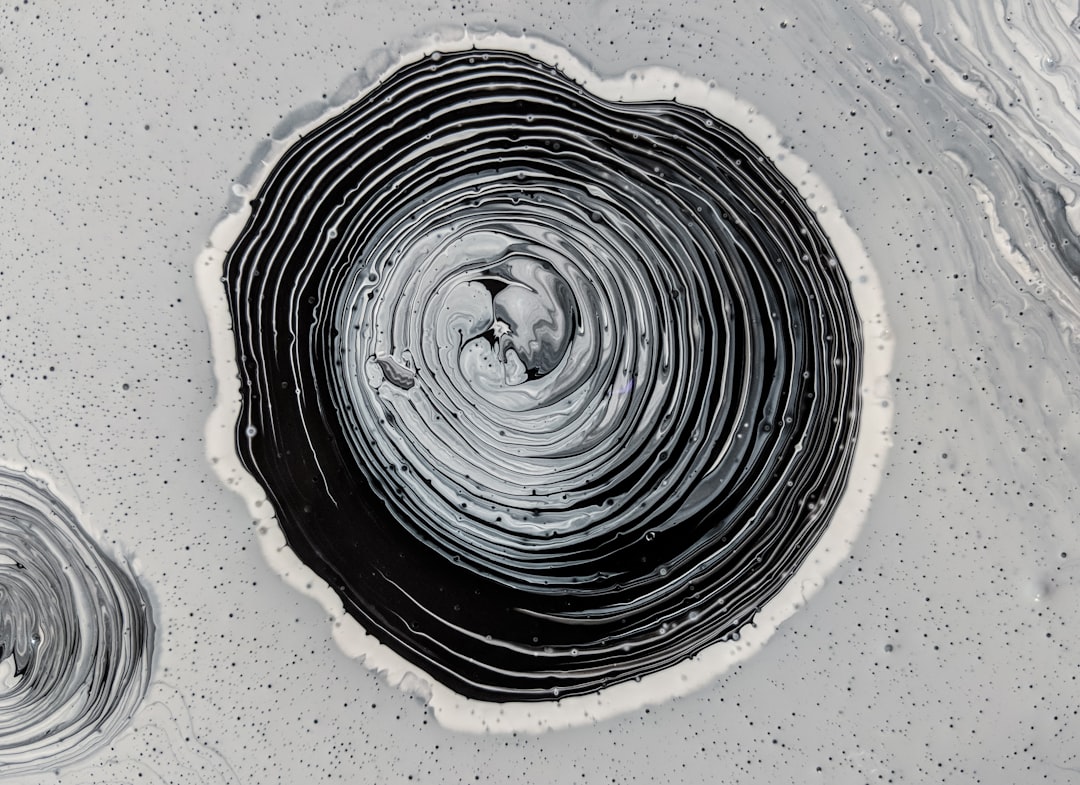What is it about?
Melanoma is the rarest and the most dangerous form of skin cancer. In this project we propose a deep learning network built by incorporating the theories of depthwise separable convolution and residual learning. The proposed model can detect the presence of melanoma from analyzing clinical images with high success rate and is statistically better in performance than the existing methodologies.
Featured Image

Photo by Hush Naidoo on Unsplash
Why is it important?
We propose an unique preprocessing method wherein we use a multi color space, multi channel image matrix to train the model. Also, we propose a novel depthwise separable residual network which is highly compatible with said image matrices producing highly accurate classification results.
Perspectives
This publication provides a means to diagnose melanoma, which is a rare form of cancer, via images and hence can be deployed readily to avoid late detections. The work has some short comings however, we make use of only dermoscopic images which can only be developed clinically. Hence, we desire to improve on the existing work by incorporating methodologies which would help the model work on both dermoscopic and non-dermoscopic images.
Mr. Rahul Sarkar
Jalpaiguri Government Engineering College
Read the Original
This page is a summary of: Diagnosis of melanoma from dermoscopic images using a deep depthwise separable residual convolutional network, IET Image Processing, July 2019, the Institution of Engineering and Technology (the IET),
DOI: 10.1049/iet-ipr.2018.6669.
You can read the full text:
Resources
Contributors
The following have contributed to this page










